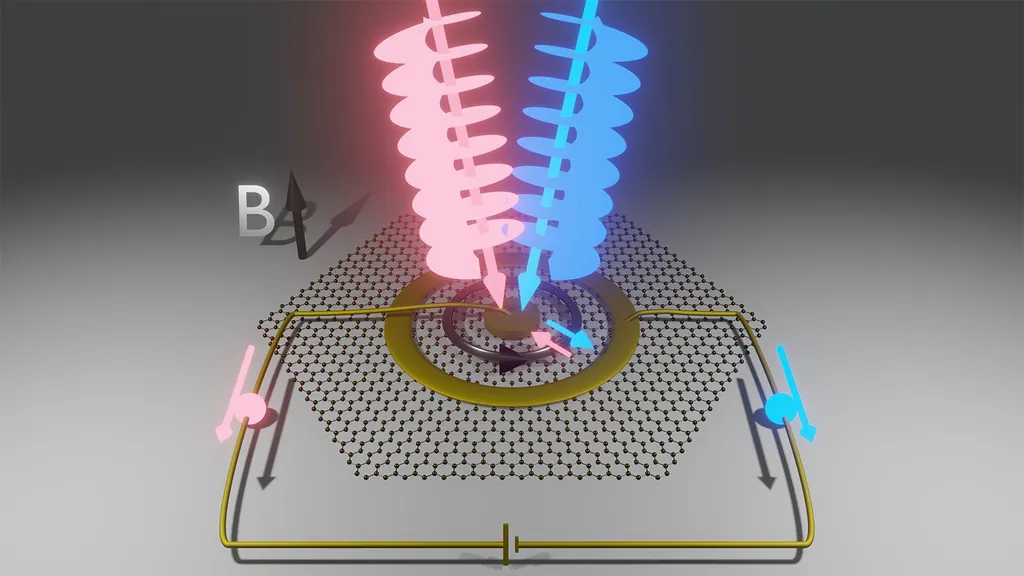Researchers from the University of Nebraska-Lincoln, led by H. S. Parker, have explored a novel method for enhancing the production of circular Rydberg states, which are of significant interest in quantum information and simulation platforms. Their findings, published in the journal Physical Review A, could potentially simplify the technical challenges currently associated with generating these states.
Circular Rydberg states are atoms with electrons in highly excited states that move in circular orbits. These states are valuable for quantum technologies due to their long lifetimes and strong interactions, but creating them efficiently has been a persistent challenge. The researchers investigated the use of twisted electrons—electrons that carry quantized orbital angular momentum—to produce these states.
Using a fully quantum mechanical framework, the team computed the total excitation cross sections for circular Rydberg states of hydrogen, rubidium, and cesium targets. They employed Bessel electron beams, which have a specific structure that can transfer angular momentum to the electronic state of the atom. The models accounted for the full Bessel-beam structure and incorporated macroscopic target effects to simulate experimentally relevant conditions.
The results demonstrated that twisted electrons with large opening angles significantly enhance the excitation probability compared to plane-wave electrons. This enhancement is particularly notable at low energies and is attributed to contributions from projectiles with large values of orbital angular momentum. The findings suggest that twisted-electron excitation could offer a feasible and potentially more efficient pathway for generating circular Rydberg states.
For the energy sector, this research could have implications for the development of advanced quantum technologies that rely on circular Rydberg states. These technologies include quantum sensors, quantum simulators, and quantum computers, which could be used to optimize energy systems, improve energy storage, and enhance the efficiency of energy production and distribution. While the direct application to the energy industry may be indirect, the underlying principles could contribute to the broader field of quantum technologies that are increasingly relevant to energy innovation.
Source: Physical Review A, “Twisted Electron Collisions Enhance the Production of Circular Rydberg States” by H. S. Parker, S. L. Sims, D. J. Lamphere, and A. L. Harris.
This article is based on research available at arXiv.

